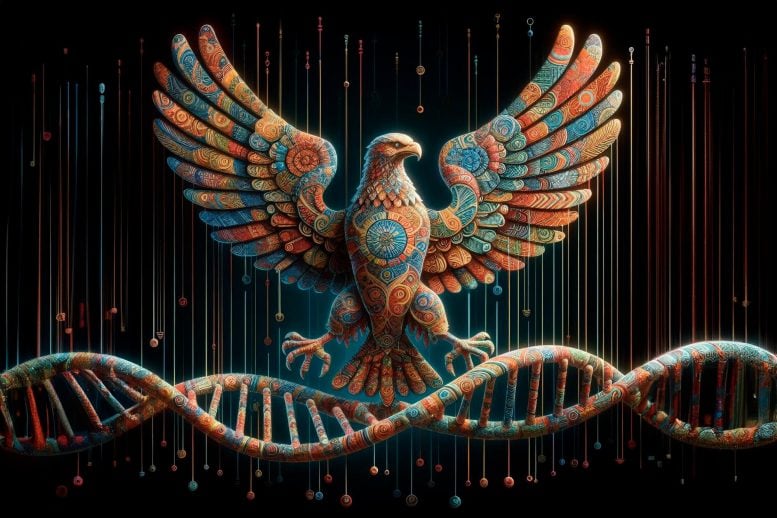
A comprehensive DNA analysis of the Balkan population from 1 to 1000 CE challenges the assumed Roman influence, revealing no Italian genetic traits. Instead, the study uncovers significant ancestry from Western Anatolia, Europe, and the Pontic-Kazakh Steppe, with a notable Slavic migration shaping modern Balkan genetics. Credit: SciTechDaily.com
A groundbreaking study overturns previous assumptions about Roman influence in the Balkans, showing a diverse genetic heritage primarily influenced by Slavic migrations, rather than Italian ancestry.
Despite the Roman Empire’s extensive military and cultural influence on the nearby Balkan peninsula, a DNA analysis of individuals who lived in the region between 1 and 1000 CE found no genetic evidence of Iron Age Italian ancestry. Instead, a study published December 7 in the journal Cell revealed successive waves of migrations from Western Anatolia, central and northern Europe, and the Pontic-Kazakh Steppe during the Empire’s reign.
The Impact of Slavic Migration
From the 7th century CE onwards (coincident with the fall of the Western Roman Empire), large numbers of people emigrated from Eastern Europe, likely related to the arrival of Slavic-speaking populations, which resulted in present-day Balkan residents having 30%–60% Slavic ancestry seen in present-day Balkan peoples.
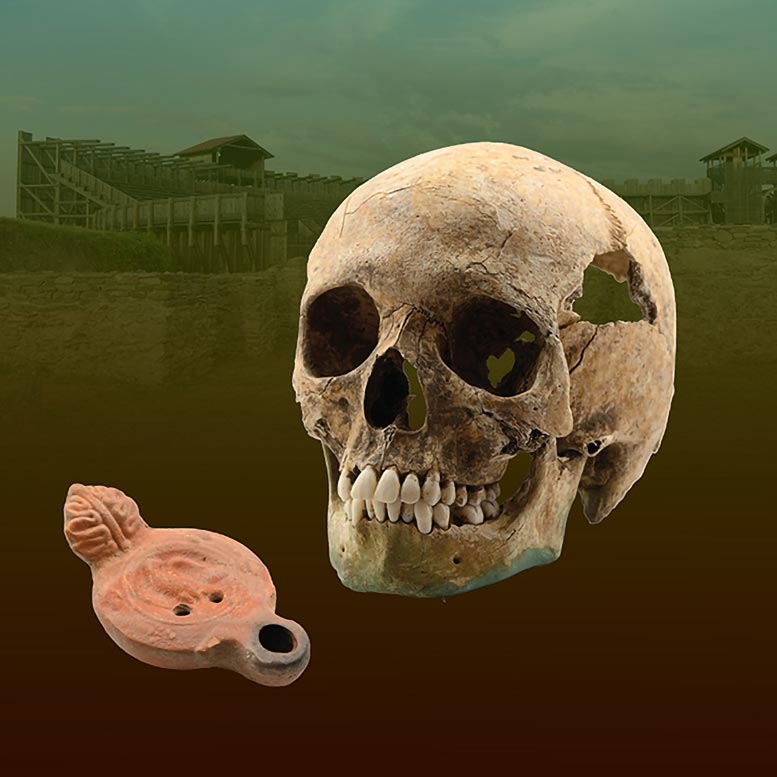
Skull of an individual of East African ancestral origin found in Viminacium, with the oil lamp featuring an eagle found in his tomb. Credit: Miodrag (Mike) Grbic
“We found this genetic signal of Slavic migration all across the Balkans,” says senior author and paleogenomicist Carles Lalueza-Fox of the Institute of Evolutionary Biology (IBE:CSIC-Universitat Pompeu Fabra) and Museu de Ciències Naturals de Barcelona. “This could have important social and political implications given that the Balkans has had a long history of conflict associated with their perceived identities.”
Most ancient DNA studies focus on pre-history—before the written record—but ancient DNA methods can also provide insight into more recent historical periods, especially when used in combination with historical and archeological information.
Ancient DNA: A Window into History
“Ancient DNA can give a lot of insight into historical periods, especially for regions where historical sources are scarce or when we don’t know whether sources are biased or not,” says first author and population geneticist Iñigo Olalde of the University of the Basque Country (UPV/EHU). “For example, most historical sources from the Balkans are written from the side of the Romans because the Slavic people didn’t write at that time.”
Exploring the Balkans’ Demographic History
Previous studies have investigated the ancestry of people who lived in Italy and England during and after the fall of the Roman Empire, but little is known about demography and ancestry of the Balkans during this time. “This region was one of the distant frontiers of the Roman Empire, which makes it interesting to study because this is clearly a place where you would expect people to come in contact with people from outside the Empire, so you can test things such as globalization,” says Olalde.
To explore the population history of the Balkans and examine the influence of the rise and fall of the Roman empire, the researchers extracted DNA from 136 ancient individuals excavated from 20 different sites across the Balkans—defined as the region bounded by the Adriatic, Central Mediterranean, and Aegean Seas and the Middle and Lower Danube and Sava Rivers. These sites included large Roman cities, military fortresses, and small rural towns. The team focused on three periods: during the expansion and height of the Roman Empire (1–250 CE), during the late Imperial period (circa 250–550 CE), and following the Western Empire’s collapse (550–1000 CE).
Methodology and Surprising Discoveries
To provide cultural and historical context for the genetic data, the team collaborated with local archeologists and historians. For each grave, they documented burial type, as well as any objects buried alongside the individuals, such as coins, jewelry, pottery, tools, and weapons. The researchers also used radiocarbon dating to verify the age of 38 of the ancient individuals, which generated isotopic data that provide a window into those individuals’ diets.
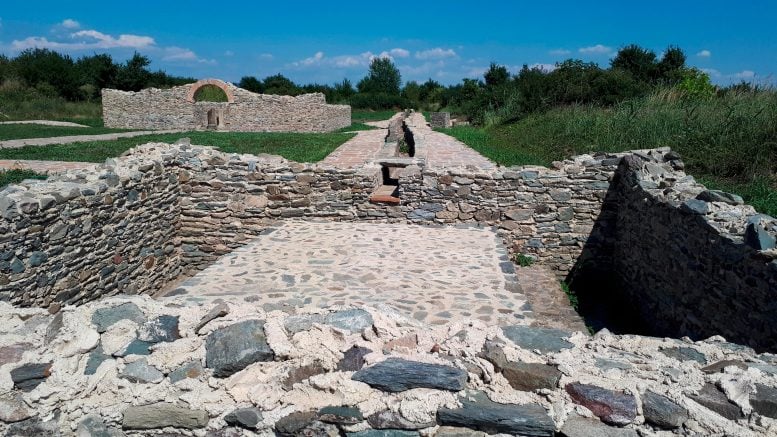
This photograph shows a Roman aqueduct that supplied water to Viminacium, a large Roman city. Credit: Carles Lalueza-Foz
The researchers were surprised to find no evidence of Italian Iron Age ancestry in the Balkan populations during the height of the Roman Empire. Instead, they showed that there was an influx of people from Western Anatolia, another part of the Roman Empire, during that period. They also found evidence of individual migrations into the Balkans from both within and outside the Roman Empire. Notably, a 16-year-old male who was excavated from a necropolis in a large Roman city was of 100% East African ancestry. The individual was buried with an oil lamp depicting Jupiter-related eagle iconography, but isotopic analysis of his teeth indicated that he had consumed marine protein sources during his childhood and therefore had likely grown up in a distant location.
“This was the only full Eastern African individual that we analyzed, and he was also a clear outlier with respect to the diet compared to the rest of the individuals buried in the same necropolis, which tells us that this individual clearly grew up outside the borders of the Roman Empire,” says Lalueza-Fox.
Late Imperial Period and Slavic Influence
During the late Imperial period, between 250 and 550 CE, the researchers detected migrants with mixed ancestry from Northern Europe and the Pontic-Kazakh steppe. “We found that those two ancestries—central/northern European and Sarmatian-Scythian— tended to come together, which suggests that these are likely to have been multi-ethnic confederations of moving people,” says senior author and population geneticist David Reich of Harvard University.
However, these sources of ancestry disappeared after 700 CE. From 600 CE, shortly after the fall of the Western Roman Empire, there was a major influx of individuals from Eastern Europe. After 700 CE, individuals in the Balkans had very similar ancestral composition to present-day groups in the region, suggesting that these migrations resulted in the last large demographic shift in the area. These migrations coincide with recorded Slavic migrations, but the DNA analysis provides insight into the scale of these migrations that is impossible to glean from historical resources.
Future Directions and Study Enhancements
“There have been debates about how impactful these migrations were and to what extent the spread of Slavic language was largely through cultural influences or movements of people, but our study shows that these migrations had a profound demographic effect,” says Reich. “More than half of the ancestry of most peoples in the Balkans today comes from the Slavic migrations, with around a third Slavic ancestry even in countries like Greece where no Slavic languages are spoken today.”
The team are already planning what they call “version two” of the study, which will take advantage of improvements in ancient DNA technologies. “We are now able to sequence hundreds of individuals from the same site, so we can go to another level of resolution and start to understand more about the social interactions and kinship between the different individuals,” says Olalde.
Reference: “A genetic history of the Balkans from Roman frontier to Slavic migrations” by Iñigo Olalde, Pablo Carrión, Ilija Mikić, Nadin Rohland, Swapan Mallick, Iosif Lazaridis, Matthew Mah, Miomir Korać, Snežana Golubović, Sofija Petković, Nataša Miladinović-Radmilović, Dragana Vulović, Timka Alihodžić, Abigail Ash, Miriam Baeta, Juraj Bartík, Željka Bedić, Maja Bilić, Clive Bonsall, Maja Bunčić, Domagoj Bužanić, Mario Carić, Lea Čataj, Mirna Cvetko, Ivan Drnić, Anita Dugonjić, Ana Đukić, Ksenija Đukić, Zdeněk Farkaš, Pavol Jelínek, Marija Jovanovic, Iva Kaić, Hrvoje Kalafatić, Marijana Krmpotić, Siniša Krznar, Tino Leleković, Marian M. de Pancorbo, Vinka Matijević, Branka Milošević Zakić, Anna J. Osterholtz, Julianne M. Paige, Dinko Tresić Pavičić, Zrinka Premužić, Petra Rajić Šikanjić, Anita Rapan Papeša, Lujana Paraman, Mirjana Sanader, Ivana Radovanović, Mirjana Roksandic, Alena Šefčáková, Sofia Stefanović, Maria Teschler-Nicola, Domagoj Tončinić, Brina Zagorc, Kim Callan, Francesca Candilio, Olivia Cheronet, Daniel Fernandes, Aisling Kearns, Ann Marie Lawson, Kirsten Mandl, Anna Wagner, Fatma Zalzala, Anna Zettl, Željko Tomanović, Dušan Keckarević, Mario Novak, Kyle Harper, Michael McCormick, Ron Pinhasi, Miodrag Grbić, Carles Lalueza-Fox and David Reich, 7 December 2023, Cell.
DOI: 10.1016/j.cell.2023.10.018
This research was supported by the Spanish Ministry of Science of Innovation, ‘la Caixa’’ Foundation, the Natural Sciences and Engineering Research Council of Canada, the Ministry of Science and Education of the Republic of Croatia, the National Institutes of Health, the John Templeton Foundation, the Allen Discovery Center, the Paul G. Allen Family Foundation, and the Howard Hughes Medical Institute.

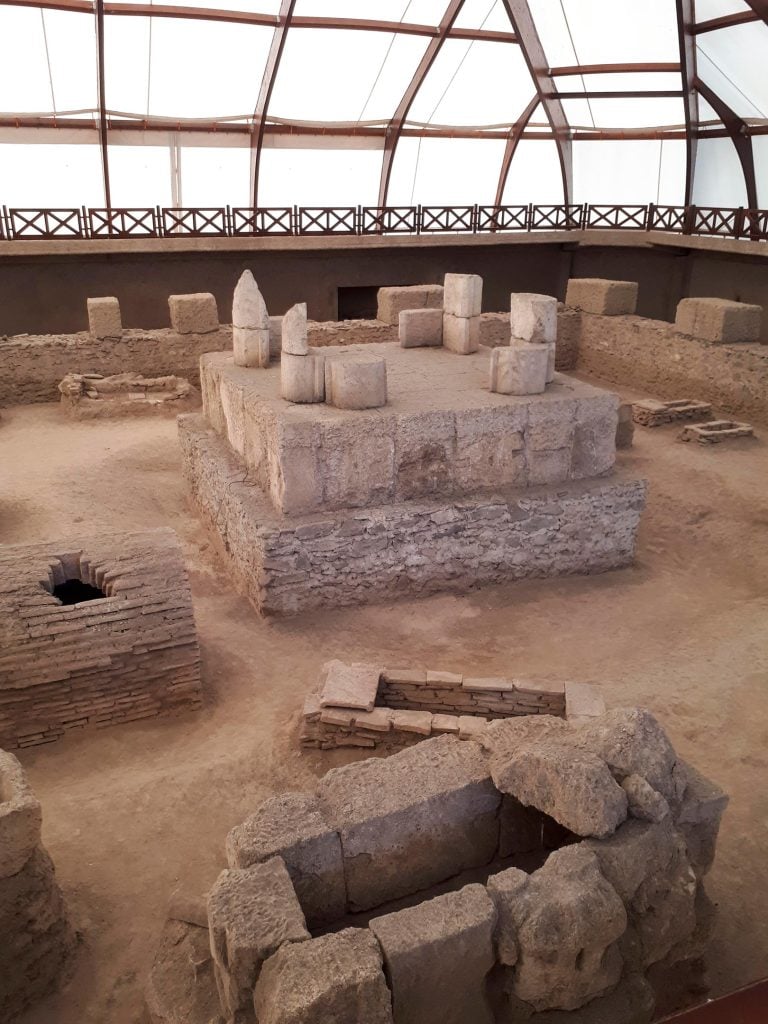


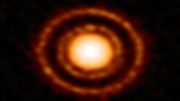



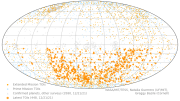

Be the first to comment on "In the Shadow of Rome: Ancient DNA Recasts Balkan History"